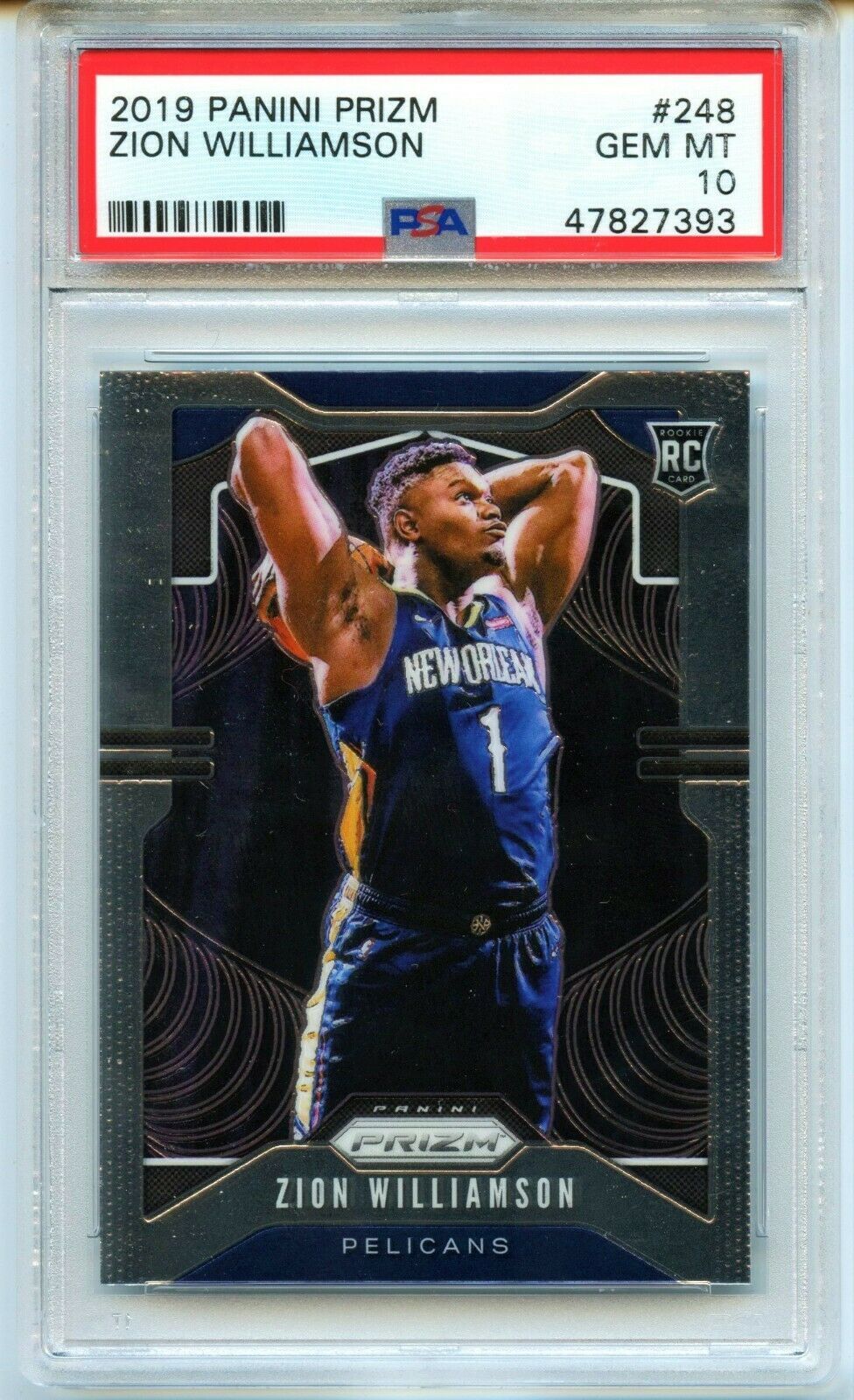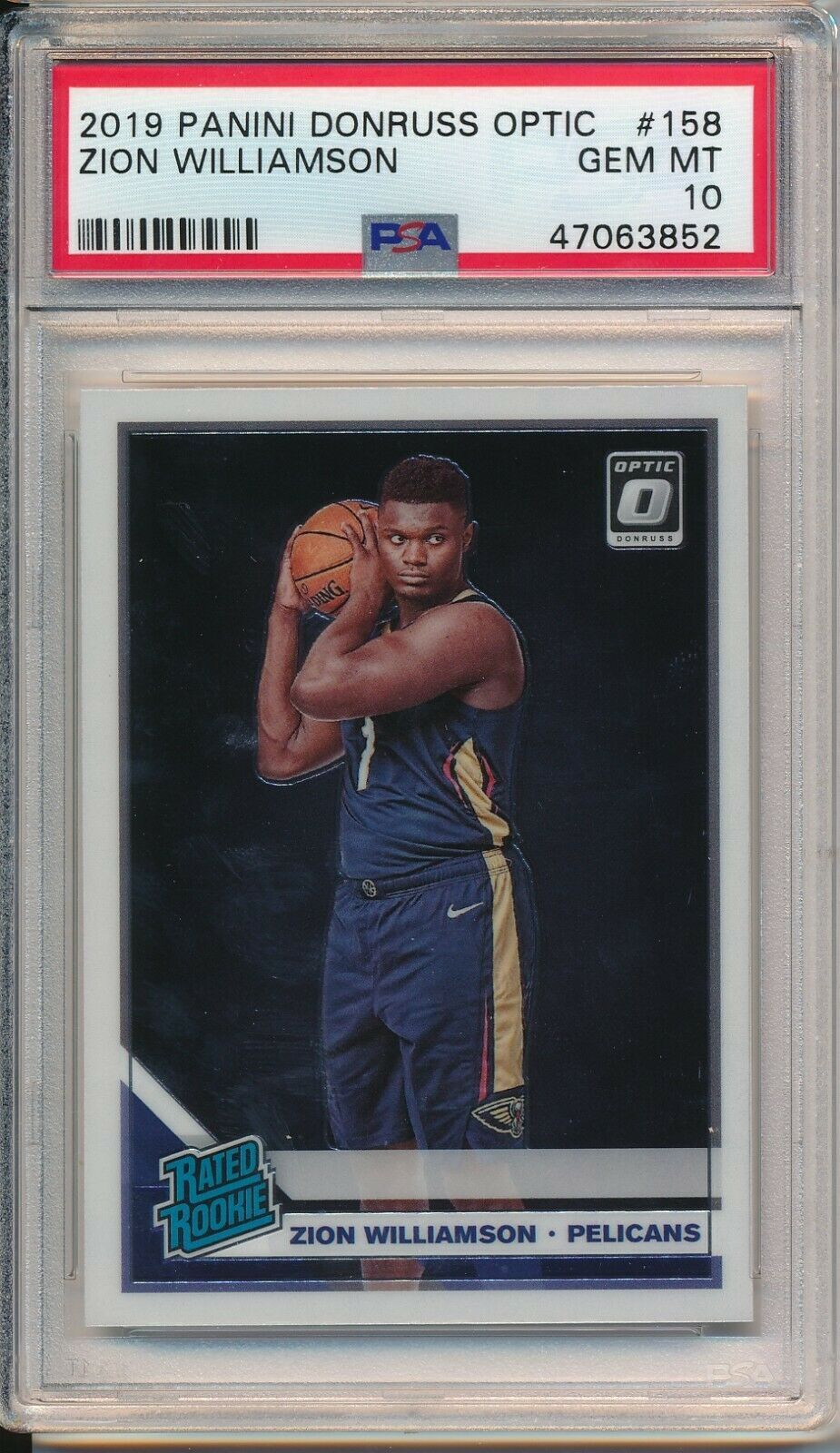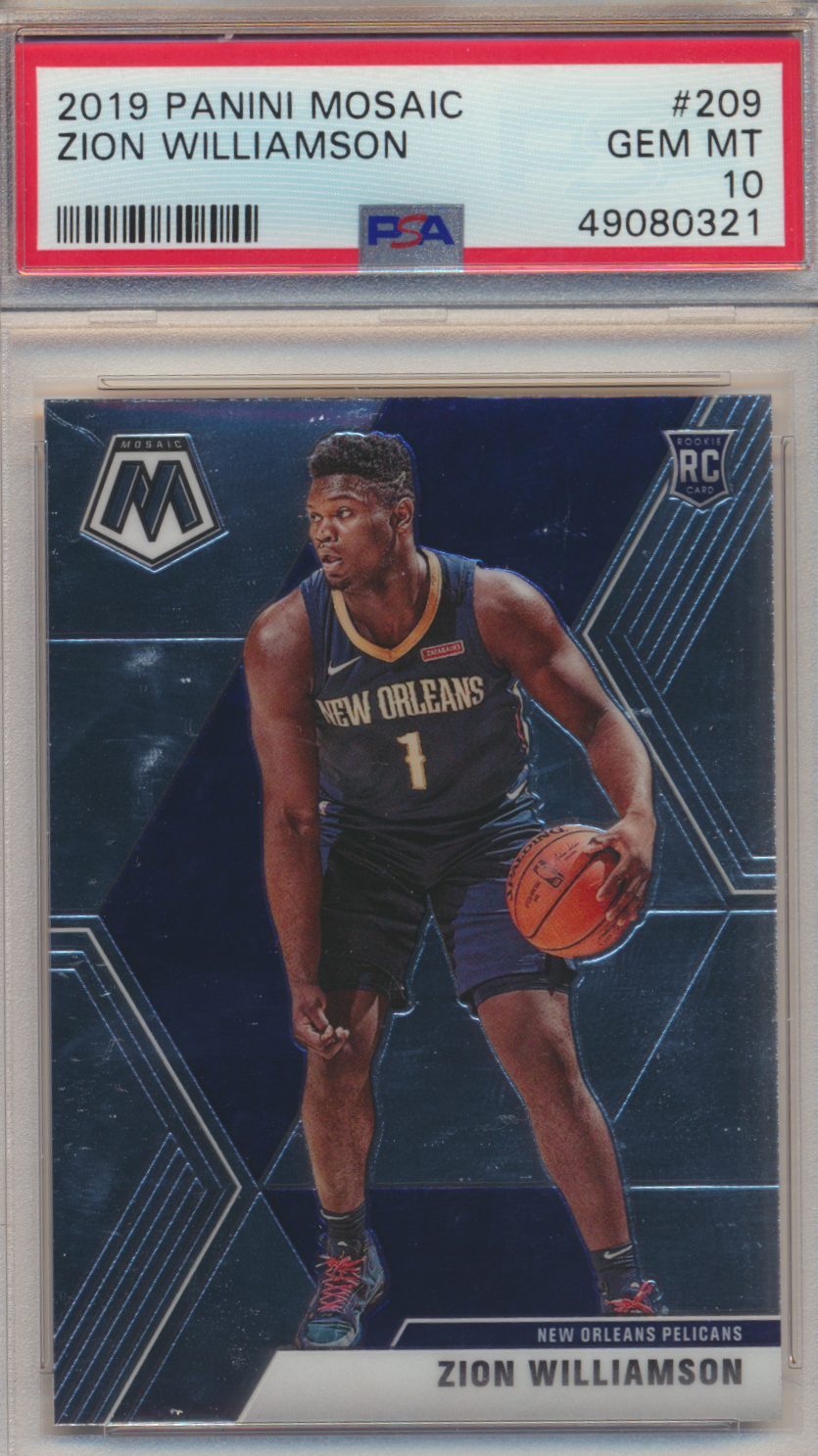Cardboard Calculus - A Week In Review
Card prices and population counts are not the only things in the hobby growing exponentially by the day. The amount of data being generated is astounding and much of it remains untapped. This is why I have created the Instagram account Cardboard.Calculus. Almost daily I uncover a new piece of information from the vast amount of data in the hobby and this is my platform to share it with the sports card world. In this series I will take a look back at each week’s most interesting posts and provide further explanation for what I think it means for the hobby and our decision making when buying and selling cards.
Our pricing research is done using Sports Card Investor’s Market Movers data. You can sign up for your own Market Movers Subscription to access the data on your own and by using the promo code GRINDERS you will get 20% off your first payment on any subscription. You will want to sign up for Market Movers specifically in order to access the great tools and data, and if you sign up for the annual Market Movers subscription, you will save you 20% on the entire year instead of just the first month.
Cardboard Calculus – A Week In Review
Company Disclaimer: We may be compensated by the company links provided on this page
The part of this project I love the most is refreshing the data each month to see how much population counts can change in such a short amount of time. It is clear that PSA is grading thousands of cards each month that slowly push population counts higher and higher. I recently added my February snapshot so let’s take a look at what we can learn from the new data.
Population Growth Slows Over Time
The chart above shows population growth month over month for each year of Prizm. Last year’s draft class grew by ~37,000 which is a 17% increase. This was 7% higher than 2018 and double the growth of 2017. As you can see population growth falls every year back that we go and eventually levels out around 4%-6%. For the youngest stars in the league we not only have less on-court production to grade them on but their graded populations grow at a much higher rate. This is why I prefer to buy raw cards and grade them myself for players from the two or three most recent draft classes. Once good raw cards dry up on the market and growth rates slow I feel better about buying graded cards. Overall population levels are so low for 2012-2016 that even Base cards should hold their value long-term for the best players. As you can see the most recent years have really taken off from a population perspective and if it fits your budget finding short-printed parallels will offer some protection from the growing population counts.
Pre-2012 Sets Offer Much More Safety
Here is the same chart for the two years of Topps Chrome I am tracking. Growth from both Lebron and Steph Curry’s years come in below any year of Prizm we just looked at. This should make sense as both sets are over 10 years old and have much fewer grade-worthy cards available on the market. We have talked before about lower gem rates for these years and how players from these draft classes have already cemented their legacies. These reasons paired with stable population numbers support the idea that these cards are much safer investments. You can certainly buy raw and try to grade cards from this era but I actually think that is the higher risk and high reward approach. Demand for these years should far outpace population growth meaning you should feel comfortable buying graded for the guys you are targeting.
Other Sets Are Catching Up To Prizm
Let’s take a look at how Zion’s populations have grown across his rookie year sets. Prizm is far and away still the biggest population but grew by only 6% which is by far the lowest of these sets. I doubt that any set will ever catch Prizm but the gap looks to be tightening each passing month. Looking at this chart Optic might be the best retail product to chase. It has the chromium shine that everyone loves but it has a population much lower than Prizm and is not growing nearly as fast as Mosaic. My favorite set Select grew at a reasonable 15% rate and is still the lowest population of the key sets we chase in the modern-day. I don’t really know what to make of the Court Kings absurd growth rate. Maybe modern investors and collectors are starting to appreciate the set more? Did it come out so late in the year that it is just now hitting the pop report? I don’t hear a lot of people talking about it on social media so I am not sure we should make much of it but I will keep an eye on it. For a while I have been looking at Select for long-term plays and Optic for short-term plays. This data gives me even more confidence in that approach for the time being.
Conclusion
We should not ignore the fact that population counts are continuously growing especially for the most recent rookie classes. Population counts represent the Supply and the growth of the hobby represents the Demand. The faster that supply grows the more demand has to grow to support higher prices. This makes for more volatility and lower floors on newer sets. If we take all of these things into consideration we can make better-informed decisions and stay ahead in the game. I hope you enjoyed the article and let me know what kinds of questions you have in the comments below.
| Sports Card | Description | Last Sale Price |
 | Zion Williamson Panini Prizm PSA | Last Sale Price $709 |
 | Zion Williamson Optic PSA 10 Last Sale Price $280 | |
 | Zion Williamson Select PSA 10 | Last Sale Price $373 |
 | Zion Williamson Mosaic PSA 10 | Last Sale Price $177 |


